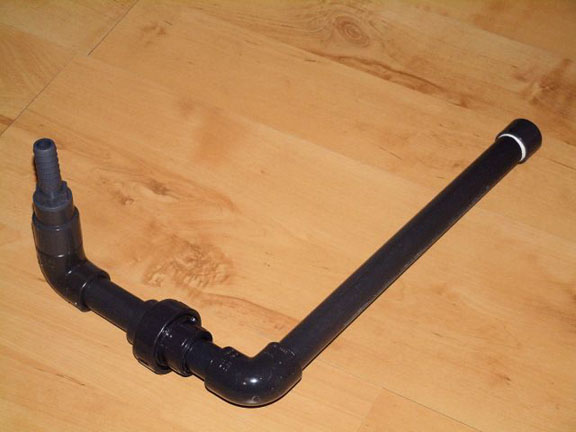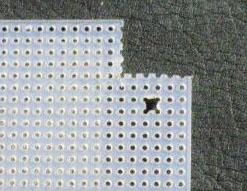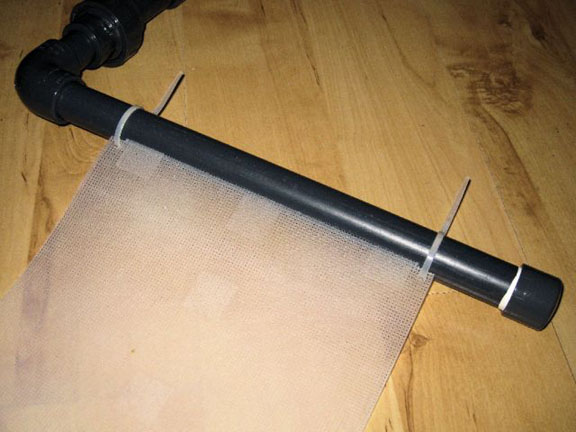Excerpt from "Feeding The Reef Aquarium", by Ron Shimek
"It will become apparent that many of the problems we have with reef aquaria, such as excess nutrients, excessive growth of undesirable algae, and the inability to keep some animals alive and healthy is simply due to the feeding of inappropriate foods, compounded by feeding in the wrong manner.
"Bacteria, in fact, are an important food for most benthic or bottom-dwelling marine animals. This is because bacteria have higher nitrogen to carbon ratios in their cells than do either typical animals, plants or algae. As a consequence, many marine animals are specialized to eat bacteria, either directly out of the water column or indirectly as a frosting on sediment or detritus particles.
"One quite good study discussing zooplankton availability and concurrent feeding by planktivorous reef fishes has been published (Hamner, et al., 1988) [...] These researchers examined a reef [and found that] during a 12 hour period [in a section of reef only 3 feet wide, there were] 1,098,000 potential food items, about 70 percent of which are copepods and larvacean tunicates.
"A large amount of the zooplankton food that would have impinged upon the reef does make it to the reef, albeit modified into the form of fish feces. This [waste] is rapidly ingested by corals and other benthic animals.
"Also, what is apparent is that the fish eat ALL the plankton approaching the reef. NONE of it will reach the reef during the day when the fish are feeding.
"All of these fishes[listed in this article] eat large amounts of crustacean prey, particularly copepods.
"From this study, it is apparent that these fish are feeding continuously throughout the daylight hours. They are eating small items, but on the average they eat an item of food every three minutes, all day, during a twelve hour day. During that period they eat an average of two grams of food per day. [...] On the average, if you wish your fish to have the same mass of food that they are likely to eat in nature, presuming the data of Hamner et al., 1988, is applicable to other fishes, you should feed each fish in your aquarium that is the average size of a damsel fish, the equivalent of about 70% of a cube of this food per day. Large fishes would get proportionally more.
"During the day on a natural reef, it appears that virtually no moderately large zooplankter would reach the coral on the reef's face [because they are eaten by the fish]. Nonetheless, this area would be bathed in a diffuse rain of particulate organic material derived from fish feces [waste], dissolved material and microzooplankton.
"All aquarists may significantly control the amount of particulate food in their aquarium. This food will mimic either the zooplankton or the particulate organic material components of coral reef feeding dynamics. For the animals in a system to be healthy, those animals must be fed foods that more-or-less duplicate the qualities of their natural foods, and they must be fed in a more-or-less normal matter. Reef aquarium foods and feeding regimes tend to fail rather spectacularly on both accounts.
"The standard reef aquarium is probably fed once about once a day (Shimek, 2002), and the average daily feeding ration weighs 15.39 ± 15.90 grams, or roughly a half of an ounce, wet weight, of food. On a natural reef, this would be enough to provide roughly eight damsel fish with their normal daily allotment of food. Unfortunately, this amount of food all occurs effectively at once (or over a very short period) in an aquarium, whereas on a natural reef it would occur over a 12 hour period. Additionally, aquarium food is a relatively high-protein material. When most reef fishes encounter planktonic patches of food, they eat voraciously, and material gets passed through their guts in a rapid manner resulting in incomplete digestion. This is precisely what happens to many fish in an aquarium when it is fed. If you watch some of your plankton feeding fishes, such as clown fish or damsels, you will see that shortly after the initiation of feeding they start defecating food at an increased rate. In effect, they are pumping food through their guts. The faster the passage of the food through the gut, the less the fish get from it. Perhaps in nature this doesn't matter, as the food is always coming at them. In the aquarium, this effect could be quite deleterious.







